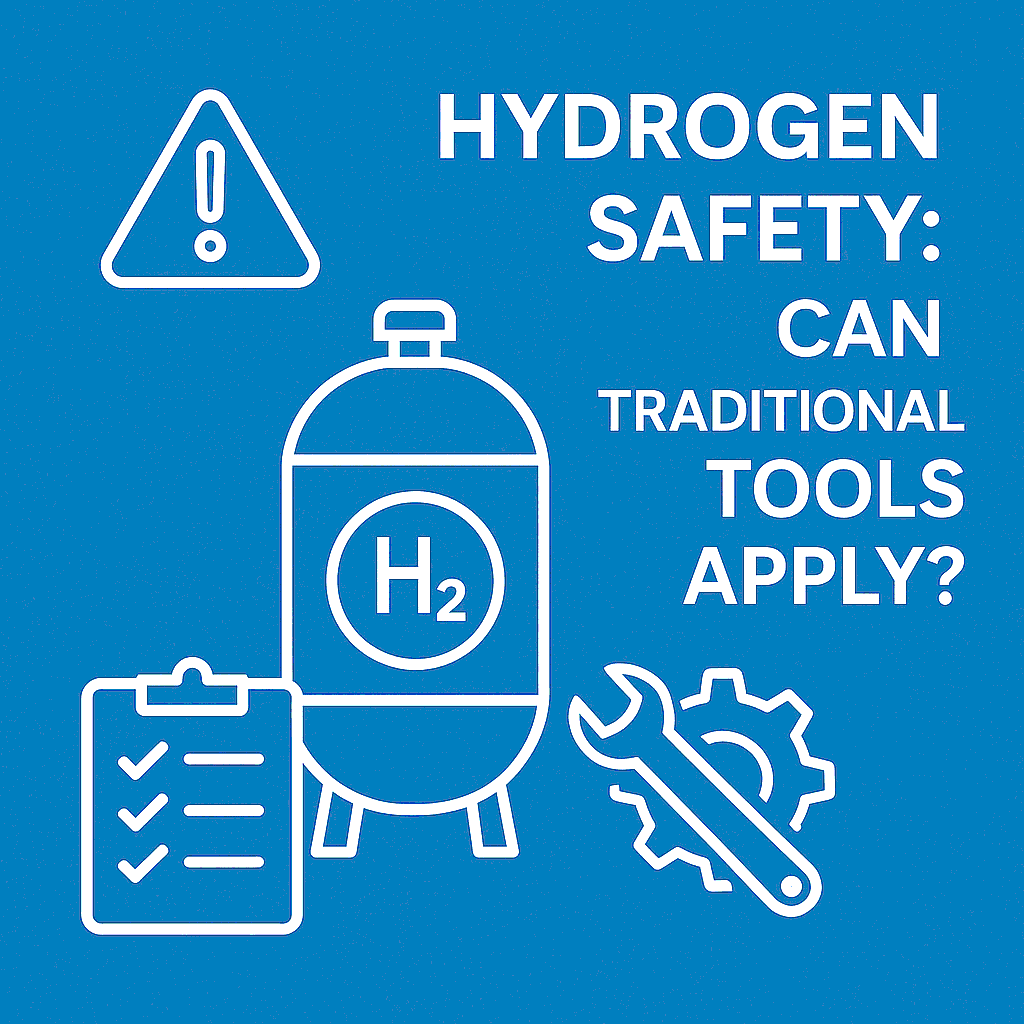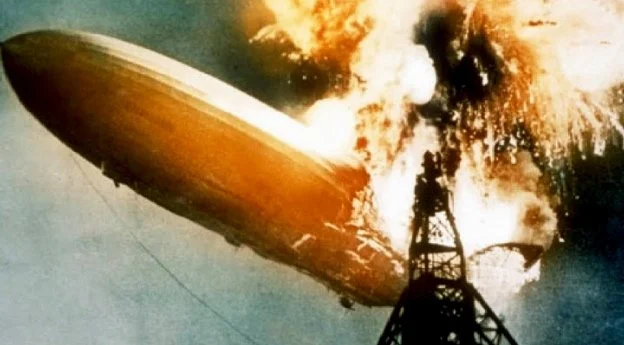Safety engineering is an essential discipline in the design of safe technologies, processes, and facilities. Often operating behind the scenes, safety engineers work closely with design engineers to identify and assess hazards, and to develop solutions that improve the inherent safety of a system. Where hazards cannot be eliminated through design, safety engineers specify engineered mitigation measures such as blast walls or process separation to reduce the risk to people, plant, and the environment.
Read MoreDisclaimer: The views and opinions expressed in this blog are solely those of Alpha Systems and do not necessarily reflect the official policy or position of any other individual, organisation, or entity. All sources and references used have been clearly identified and credited where appropriate.
Unless otherwise stated, the content of this blog is original to Alpha Systems and is provided for informational purposes only. No part of this blog may be reproduced, distributed, or transmitted in any form or by any means without the prior written permission of Alpha Systems. To engage with us on these blogs, or to request permission to reproduce content from these blogs, please contact: info@alpha-systems.com.au
Importantly - if you are experiencing any of the issues highlighted in the blog topics published below, drop us an email to see how we could help.
With the global drive towards carbon neutrality, the development of hydrogen technologies and infrastructure has accelerated rapidly. This expansion has brought hydrogen safety engineering into sharper focus, prompting extensive research into the unique hazards posed by hydrogen. Yet a critical question persists: How effectively are these research findings being integrated to ensure that hydrogen system designs are inherently safe?
Read MorePreventative maintenance - routine maintenance performed at defined intervals regardless of equipment usage or condition - is one of the most common strategies for avoiding equipment failure. But is it sometimes overused?
Read MoreWe’ve all been there — a piece of equipment or process has been modified, upgraded, or maybe even just tweaked. It looks ready to go. The instinct? Start it up and get back to work.
But here’s the thing: jumping straight into operation without a proper pre start-up safety check (PSSC) can be a costly mistake — even when the change seems minor. It doesn’t matter if it’s a modified process plant, technology protype or even a fighter jet, the overall objectives of the checks are the same. Note that these checks are known as pre start-up safety reviews (PSSR) in the processing industry.
Read MoreIs hydrogen explosive? Toxic? More dangerous than petrol? This FAQ busts common myths about hydrogen fuel, safety, and its role in clean energy.
Read MoreIn this instalment of our blog series, we take a step into the world of Systems Engineering and Assurance (SESA) to explore the well-documented infrastructure challenges faced by the Spirit of Tasmania as it introduced its new generation of vessels. While the story has attracted headlines, it also serves as a case study in how complex systems can falter when not approached as a cohesive whole.
Read MoreAs discussed in previous postings, hydrogen poses more than its fair share to everyone, not just the hydrogen safety engineer, but also the process engineers, research scientists, test engineers, and the procurement team who are constantly replacing what has been damaged during lab testing which more often than not, is not just the technology under testing.
Read MoreAs discussed in previous articles, hydrogen releases do not behave the same way as hydrocarbon releases and are governed by a different set of physical principles. For example, the Chamberlain equation, widely used for methane jet fire flame length estimations, significantly overestimates flame lengths for hydrogen. This discrepancy arises because the Chamberlain equation was never developed for hydrogen and does not account for critical factors such as hydrogen's barrel release geometry, buoyancy effects, flame blow-off, pressure oscillations, etc.
Read MoreThere’s perhaps no other metric in reliability engineering that divides practitioners more than Mean Time Between Failures (MTBF) and Mean Time To Failure (MTTF). While there is a technical difference—MTBF applies to repairable items and MTTF to non-repairable ones—let’s keep it simple and use MTBF to refer to both for the sake of readability.
Read MoreHydrogen, green methanol, and ammonia are often spoken of in the same breath—but why? What links them?
Read MoreA major step in decarbonising the power industry is the use of hydrogen—or hydrogen/natural gas blends—in gas turbines to generate electricity. While replacing natural gas with hydrogen significantly reduces the plant’s carbon footprint, it’s not without substantial design and safety challenges.
Read MoreAs the world works to reduce its carbon footprint, hydrogen is increasingly discussed as a clean, viable fuel of the future. While hydrogen presents unique challenges, it's no more dangerous than other flammable substances—it’s just different. These differences require designers and operators to think differently, too.
Read More











